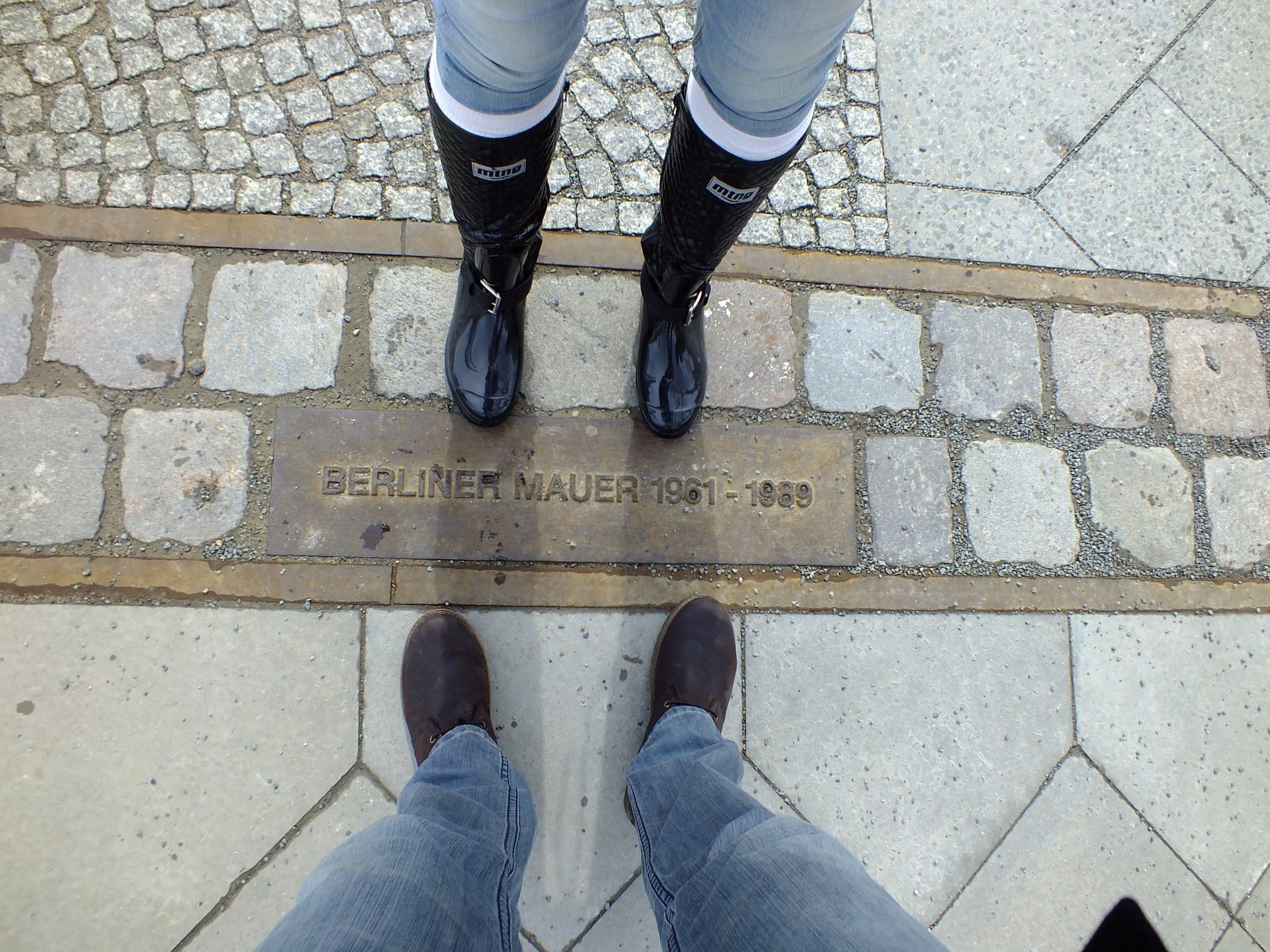Marking Thirty Years Since The Fall Of The Berlin Wall

Thirty years ago, millions of people across the world were glued to their TV screens, watching the grainy, sometimes chaotic images coming out of Berlin as the wall fell. They watched, as crowds of people pulled apart the once-imposing barrier with fervent elation, surging from East to West, embracing long-lost relatives and friends. Even though I was a child at the time, I felt its importance, its weight, its massive significance.
Embed from Getty ImagesThe 9th November marks the 30th anniversary since those iconic scenes unfolded in Germany’s capital. 30 years since the feted reunification, the joining together of a people torn apart by physical and ideological barriers. So was Willy Brandt right when, the day after the wall fell, he uttered the now famous line: ‘Now we are in a situation where what belongs together, will grow back together.’ The coalescing of two separate economic and political states into one homogenous nation was never going to be a simple task but now, three decades later, many agree that there is still much left to be done.
At the beginning of October, to mark 29 years since the official reunification of Germany, the Associated Press reported that German Chancellor, Angela Merkel, who herself grew up in East Germany, addressed a crowd in the German city of Kiel. She spoke of the unique challenges of reunification and stated that:
“the official German reunification, that is complete. But the unity of the Germans, their unity was not fully complete on Oct. 3, 1990, and it is still the case today.”
Indeed, the economic and commercial repercussions of Germany’s division are still being felt in East and West Germany today. Many ‘Ossis’ (people from the former East Germany) feel politically and economically disenfranchised, with a 2014 report from the Berlin Institute for Population and Development, asserting that the majority of major manufacturing organisations have their headquarters in the West, with more jobs for mid, senior and upper level management available in that region. A recent article in The Economist stated that a mere 4% of elite jobs in the east are actually held by east Germans and that none of the companies listed in the DAX30 index are headquartered in the east.
Back in May of this year, a panel of German economists at the Institute for Economic Research (IFO) were surveyed with questions relating to the disparity between east and west. When asked if they believed that the east would catch up with the west’s economic levels within the next few years or decades, 69% believed it wouldn’t. 61 percent believed that there would be no convergence at all in the medium and long term.
So why do these imbalances still exist, thirty years on from that momentous night when the wall fell? When asked this question, the same panel of economists at the IFO specified a multitude of reasons. These included qualified workers often moving from east to west, the productivity levels varying in the two regions, the economic policies in the years following reunification, that there are more early school-leavers in the east and that there is a lack of research and development opportunities. These were just a few of the reasons cited, along with Niklas Potrafke, Head of the IFO, stating that “It seems to be a vicious circle: Many well-educated young people see no prospects in the East, apart from exceptions like Leipzig, Dresden or Jena, and go to the West…Now they are missing in the East, which hampers economic development there, and instead many conurbations are flourishing in the West.”

But it is not all bad news. The cities that Potrafke mentioned, Leipzig, Dresden and Jena, are all experiencing an upswing, with affordable housing, a booming tourist market and industrial innovation. The Federal Government’s yearly report, assessing the state of German unity, was also positive about the future. In 2018, the report recognised that even though “a gap persists between GDP per capita in the east and the most successful regions in the west, some regions in eastern Germany such as Jena and Leipzig have already succeeded in overtaking regions in western Germany in terms of economic strength.” The report goes on to acknowledge that “key industries are gradually developing in the eastern federal states.” As part of its plans for the future, the Federal Government says it is committed to “systematically promoting SMEs, strengthening research and innovation potential and securing skilled workers.”
It seems as though, three decades on, there are no simple answers to what is, at its heart a deeply complex cultural and economic issue. The series of events planned by the Commission on the 30th Anniversary of the Peaceful Revolution and German Reunification, hope to give the German people a chance to reflect on their shared history, while looking ahead. Part of this includes a chance for people to upload short videos, describing their experiences, thoughts and feelings surrounding the reunification. Chairman of the commission, Matthias Platzek said “we commemorate all those who, with their hope, courage and energy, helped to bring down the Berlin Wall. Their commitment and individual biographies should, however, also remind us that even three decades later we need to strengthen cohesion and interaction between East and West.”





